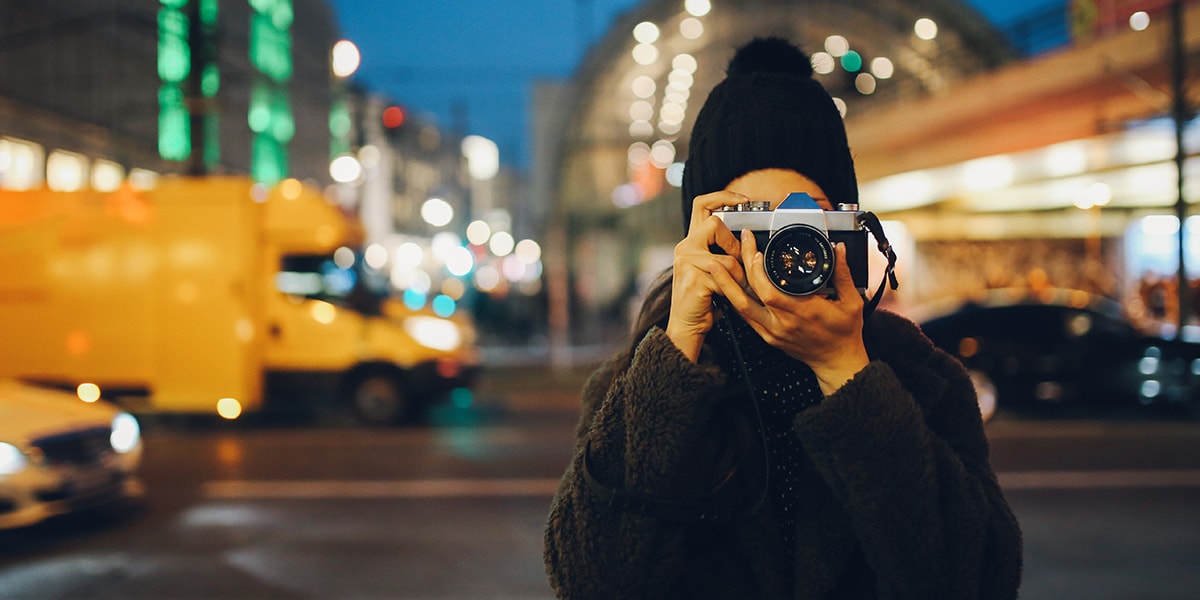Framing Streets Things To Know Before You Get This
The Best Strategy To Use For Framing Streets
Table of ContentsSome Of Framing StreetsThe Ultimate Guide To Framing StreetsWhat Does Framing Streets Do?How Framing Streets can Save You Time, Stress, and Money.All about Framing StreetsIndicators on Framing Streets You Need To Know
Photography category "Crufts Canine Program 1968" by Tony Ray-Jones Street photography (likewise often called candid photography) is photography performed for art or inquiry that includes unmediated possibility experiences and random incidents within public areas, usually with the goal of recording pictures at a decisive or touching minute by mindful framing and timing. 
Framing Streets Things To Know Before You Buy
Susan Sontag, 1977 Road photography can focus on individuals and their habits in public. In this regard, the road professional photographer is comparable to social documentary professional photographers or photographers who likewise function in public areas, but with the objective of catching newsworthy events. Any one of these photographers' images may record individuals and home noticeable within or from public locations, which usually involves browsing ethical concerns and laws of personal privacy, security, and residential or commercial property.
Representations of everyday public life form a category in practically every period of world art, beginning in the pre-historic, Sumerian, Egyptian and very early Buddhist art periods. Art dealing with the life of the street, whether within views of cityscapes, or as the dominant motif, shows up in the West in the canon of the Northern Renaissance, Baroque, Rococo, of Romanticism, Realistic look, Impressionism and Post-Impressionism.
What Does Framing Streets Do?
Louis Daguerre: "Boulevard du Temple" (1838 or 1839) In 1838 or 1839 the very first photograph of figures in the road was recorded by Louis-Jacques-Mand Daguerre in one of a pair of daguerreotype sights drawn from his studio home window of the Blvd du Holy place in Paris. The second, made at the elevation of the day, reveals an uninhabited stretch of street, while the various other was taken at regarding 8:00 am, and as Beaumont Newhall reports, "The Boulevard, so continuously full of a moving throng of pedestrians and carriages was flawlessly singular, other than a person that was having his boots brushed.
, who was influenced to embark on a similar documentation of New York City. As the city established, Atget helped to advertise Parisian streets as a worthwhile topic for photography.
5 Simple Techniques For Framing Streets
In Going Here between 1946 and 1957 Le Groupe des XV each year showed job of this kind. Andre Kertesz. Circus, Budapest, 19 May 1920 Road photography created the major content of two exhibitions at the Gallery of Modern Art (Mo, MA) in New york city curated by Edward Steichen, Five French Photographers: Brassai; Cartier-Bresson, Doisneau, Ronis, Izis in 1951 to 1952, and Post-war European Photography in 1953, which exported the principle of road digital photography worldwide.

Getting The Framing Streets To Work
The recording maker was 'a covert camera', a 35 mm Contax concealed below his layer, that was 'strapped to the breast and attached to a lengthy wire strung down the best sleeve'. However, his job had little contemporary effect as because of Evans' sensitivities concerning the creativity of his job and the personal privacy of his subjects, it was not released till 1966, in guide Many Are Called, with an introduction written by James Agee in 1940.
Helen Levitt, then an educator of kids, related to Evans in 193839. She documented the transitory chalk illustrations - 50mm street photography that were part of kids's street culture in New york city at the time, as well as the children that made them. In July 1939, Mo, MA's brand-new digital photography area included Levitt's job in its inaugural exhibitionRobert Frank's 1958 book,, was substantial; raw and frequently out of emphasis, Frank's photos examined mainstream photography of the moment, "tested all the official guidelines set by Henri Cartier-Bresson and Pedestrian Evans" and "flew in the face of the wholesome pictorialism and wholehearted photojournalism of American magazines like LIFE and Time".